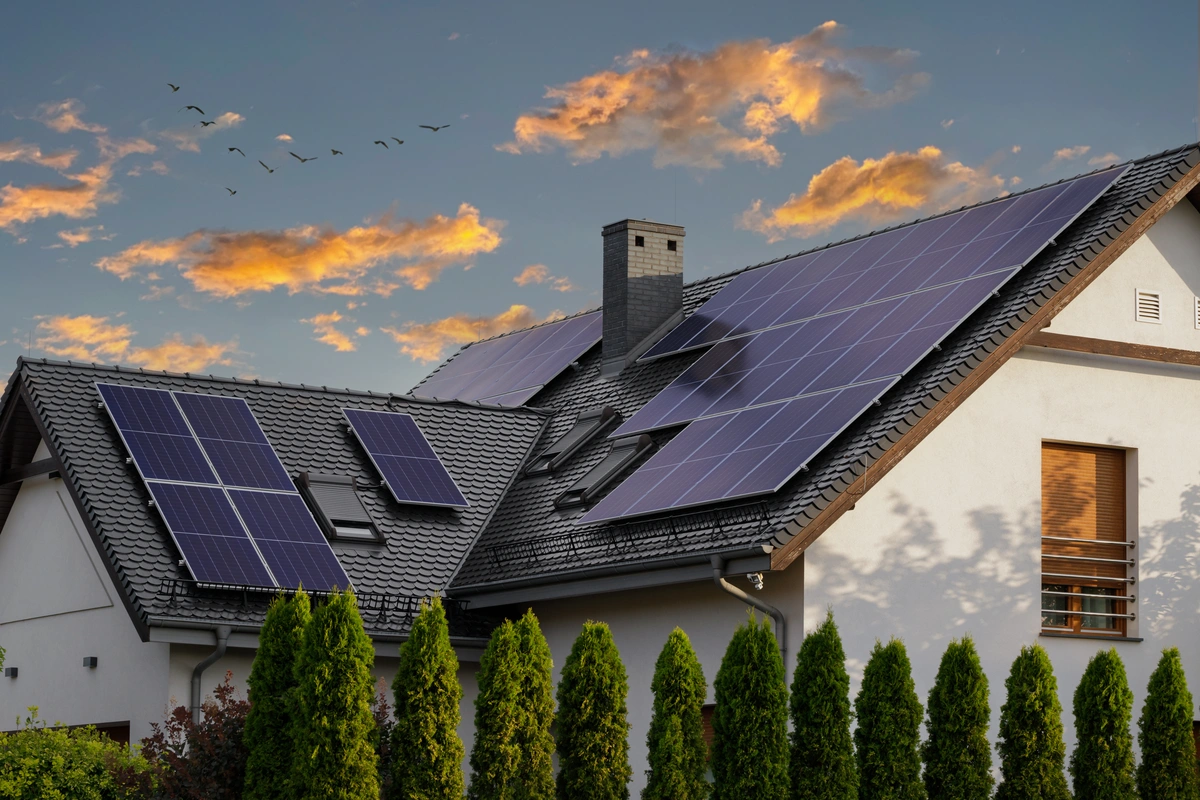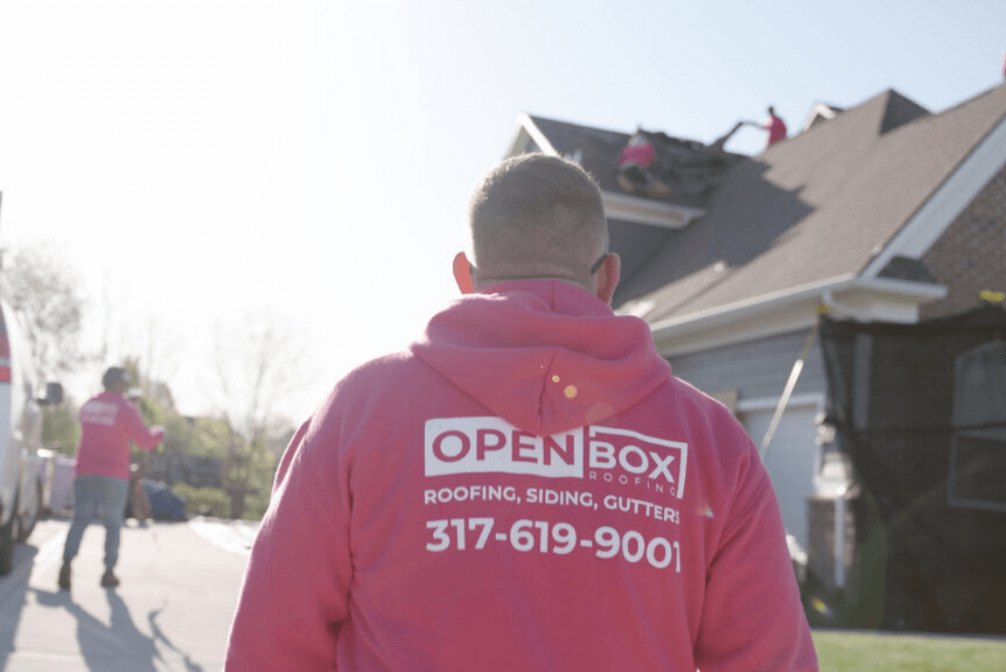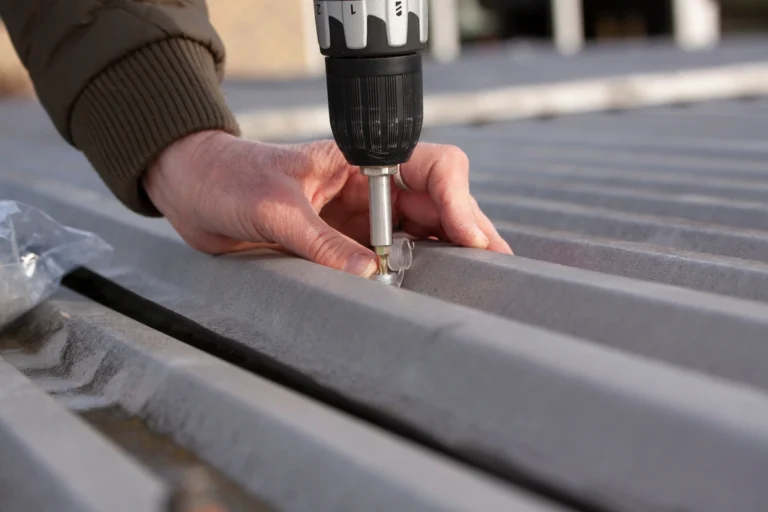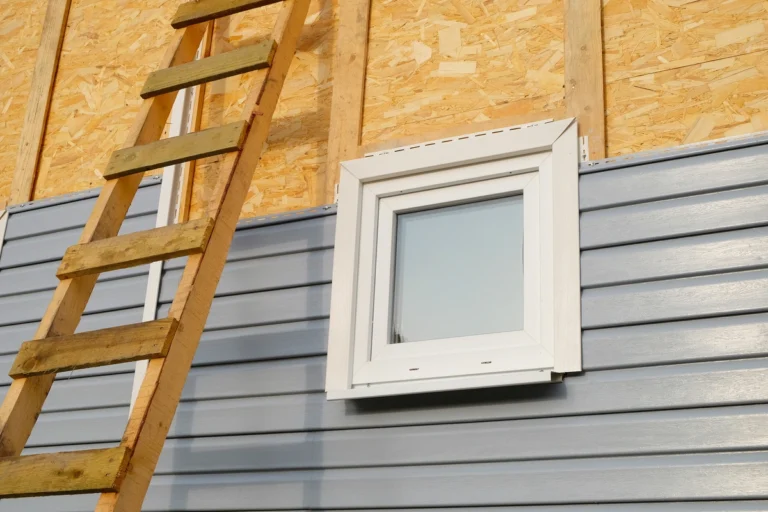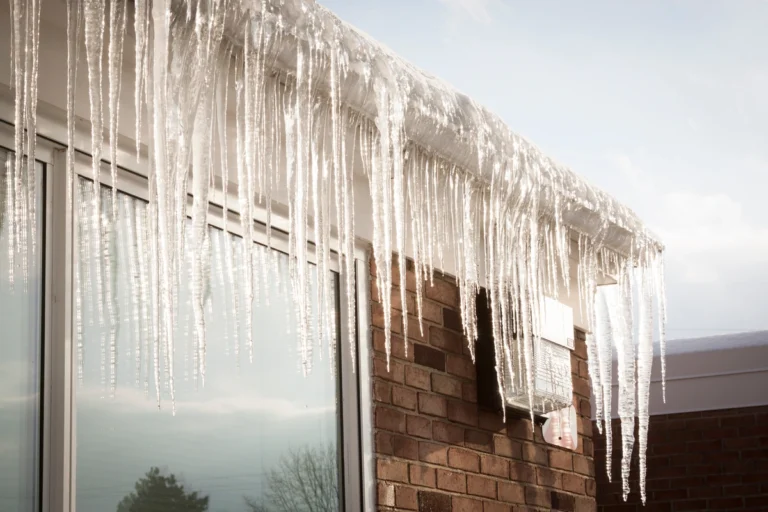In today’s world, energy efficiency isn’t just a trend—it’s a necessity. With rising energy costs and increasing environmental concerns, homeowners are seeking ways to make their homes more energy-efficient. One of the most impactful areas to focus on is your roof.
Our guide will walk you through everything you need to know about roof energy efficiency, from:
- The benefits
- Types of energy-efficient roofing materials
- Installation tips
- Maintenance strategies
Why Energy-Efficient Roofs Matter
When you think of eco-friendly lifestyle changes, you probably don’t think about your roof as one of them. However, your roof can make a huge difference in the overall energy efficiency of your home!
- Cost Savings: One of the most immediate benefits of an energy-efficient roof is the potential for cost savings. By reducing the amount of heat that enters or escapes your home, these roofs can significantly lower your heating and cooling bills. Over time, these savings can offset the initial investment in energy-efficient materials.
- Environmental Impact: Energy-efficient roofs contribute to a reduction in greenhouse gas emissions by decreasing the amount of energy needed to heat or cool your home. This is a crucial step in combating climate change and reducing your carbon footprint.
- Improved Comfort: An energy-efficient roof helps maintain a consistent indoor temperature, making your home more comfortable year-round. You’ll experience fewer hot spots in the summer and cold drafts in the winter, creating a more pleasant living environment.
How to Improve Your Existing Roof’s Energy Efficiency: 3 Tips
Improving the energy efficiency of your existing roof can be achieved through several cost-effective measures:
1) Add a Reflective Coating:
- Decreases heat absorption by reflecting more sunlight
- Reduces cooling costs
2) Ensure Attic Insulation:
- Minimizes heat transfer between the interior of your home and the outside environment
3) Improve Roof Ventilation:
- Regulates temperature
- Prevents moisture buildup, which can degrade roofing materials and reduce energy efficiency
By taking these steps, you can boost the energy efficiency of your existing roof without the need for significant investment.
Types of Energy-Efficient Roofing Materials
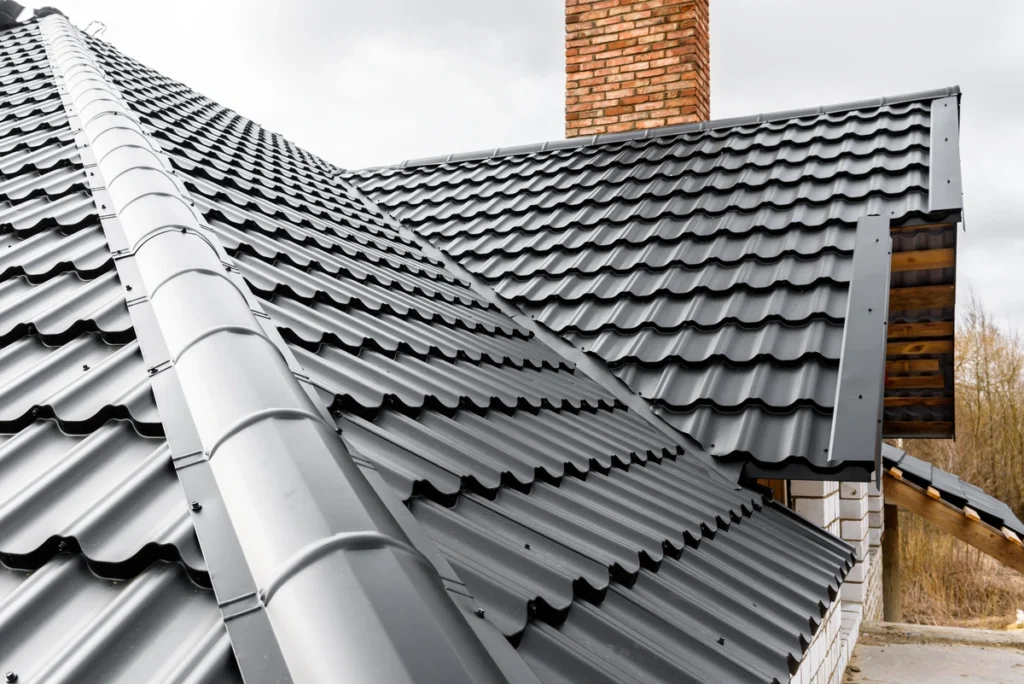
Looking to boost your roof’s energy efficiency? Consider these roofing materials!
Cool Roofs
Cool roofs are designed to reflect more sunlight and absorb less heat than standard roofs. They are typically made from highly reflective materials like white coatings, reflective shingles, or metal. Cool roofs can reduce cooling costs by up to 15%.
Metal Roofs
Metal roofs are highly reflective and can be coated with special paint to enhance their energy efficiency. They are durable, long-lasting, and recyclable, making them an eco-friendly choice. Metal roofs can reflect up to 70% of solar radiation, significantly reducing cooling costs.
Tile Roofs
Clay and concrete tiles are naturally reflective and can be enhanced with reflective coatings to improve their energy efficiency. These materials are also excellent insulators, helping to keep your home cooler in the summer and warmer in the winter.
Green Roofs
Green roofs, or living roofs, are covered with vegetation and soil. They provide excellent insulation, reduce heat absorption, and improve air quality. While they require more maintenance, green roofs offer significant energy savings and environmental benefits.
Asphalt Shingles
While traditional asphalt shingles are not the most energy-efficient option, newer versions with reflective coatings can improve their performance. Look for Energy Star-rated asphalt shingles to ensure you’re getting the most energy-efficient option available.
Factors to Consider When Choosing Energy-Efficient Roofing
If you’re switching to a more energy efficient roof, you’ll want to keep these factors in mind:
- Climate: Your local climate plays a significant role in determining the best energy-efficient roofing material for your home. For example, cool roofs are ideal for hot climates, while insulated materials like tile or green roofs are better suited for colder regions.
- Roof Pitch: The pitch or slope of your roof can impact its energy efficiency. Steeper roofs tend to reflect more sunlight and can benefit from reflective materials, while flatter roofs might be better suited for green roofs or other insulating options.
- Color: The color of your roofing material can affect its energy efficiency. Lighter colors reflect more sunlight, reducing heat absorption, while darker colors absorb more heat. Choose a color that complements your home’s aesthetic while maximizing energy efficiency.
- Installation: Proper installation is crucial for achieving the maximum energy efficiency from your roof. Ensure that your roofing contractor is experienced with the specific materials you’ve chosen and follows best practices for installation.
Installation Tips for Energy-Efficient Roofs
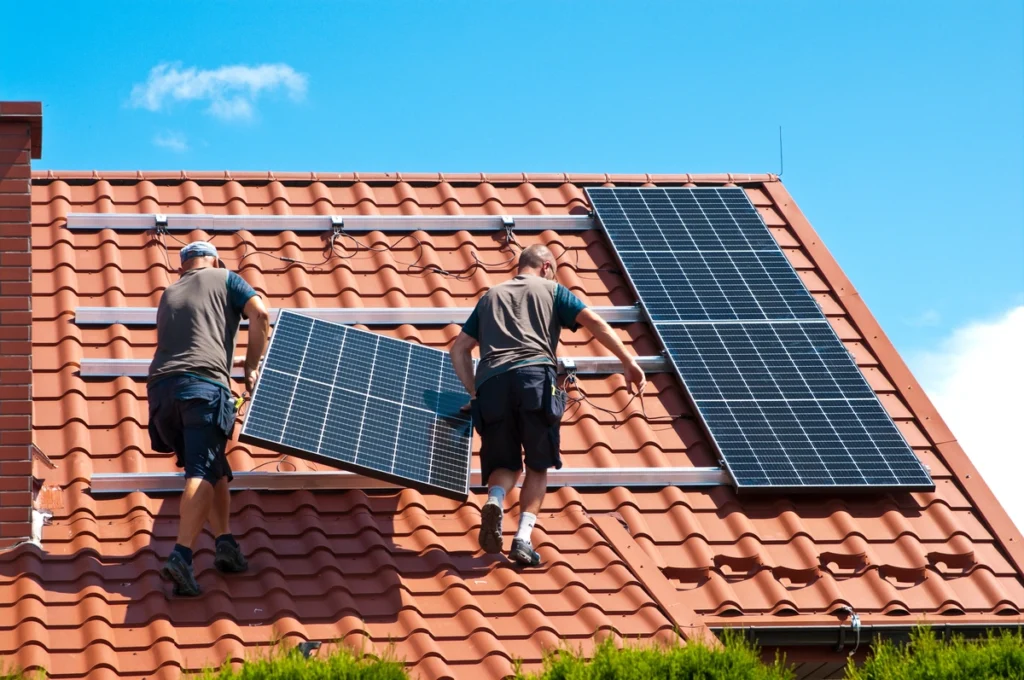
If you’re doing a full roof replacement, you don’t want to go into it blind! Here are our expert tips for making the process feel smooth and effective.
Hire a Qualified Contractor
Select a contractor who specializes in energy-efficient roofing materials and has a proven track record of successful installations. Check references, read reviews, and verify certifications to ensure you’re hiring a reputable professional.
Proper Insulation
Even the most energy-efficient roofing materials won’t perform well without proper insulation. Ensure that your attic and roof are adequately insulated to prevent heat transfer and maximize energy savings.
Ventilation
Good ventilation is essential for maintaining the efficiency of your roof. Proper ventilation helps regulate temperature, reduce moisture buildup, and prevent damage to your roofing materials.
Reflective Coatings
If you’re installing a roof that isn’t inherently reflective, consider adding a reflective coating to improve its energy efficiency. These coatings can be applied to existing roofs and can significantly reduce heat absorption.
Maintaining Your Energy-Efficient Roof
Once you’ve installed an energy-efficient roof, the best way to KEEP it energy efficient is through consistent maintenance, including:
- Regular Inspections: Schedule regular inspections to identify and address any issues with your roof. Look for signs of wear and tear, damage, or leaks that could compromise its energy efficiency.
- Cleaning: Keep your roof clean and free of debris to maintain its reflective properties. Dirt, leaves, and other debris can reduce the effectiveness of reflective coatings and lead to energy loss.
- Repairs: Address any repairs promptly to prevent minor issues from becoming major problems. Small leaks or damaged areas can significantly impact the overall energy efficiency of your roof.
- Re-sealing: For roofs with reflective coatings, re-sealing may be necessary every few years to maintain their effectiveness. Consult with your roofing contractor to determine the best schedule for re-sealing based on your specific materials.
The Future of Roof Energy Efficiency
Want to be on the cutting edge of eco-friendly technology? Look into these ultra modern roofing options:
Solar Roofing
Solar roofing is an exciting development in the world of energy-efficient roofs. These roofs integrate solar panels directly into the roofing material, allowing homeowners to generate their electricity and reduce reliance on the grid. While the initial investment can be high, the long-term energy savings and potential incentives make solar roofing an attractive option for eco-conscious homeowners.
Smart Roofs
Smart roofs utilize advanced technologies to optimize energy efficiency. These roofs can include features like temperature sensors, automated ventilation, and integrated solar panels. By continuously monitoring and adjusting to changing conditions, smart roofs provide maximum energy savings and comfort.
Advanced Insulation Materials
Innovations in insulation materials are continually improving the energy efficiency of roofs. New materials like aerogel, phase-change materials, and vacuum-insulated panels offer superior thermal performance and can significantly reduce energy costs.
Government Incentives and Regulations
Many governments offer incentives and rebates for homeowners who invest in energy-efficient roofing. Additionally, building codes and regulations are increasingly prioritizing energy efficiency, making it more accessible and affordable for homeowners to make the switch.
We Make Your Roof Energy Efficient
Investing in an energy-efficient roof is a smart decision for homeowners looking to reduce energy costs, enhance comfort, and minimize their environmental impact.
If you’re ready to make a switch for the better, contact Open Box Roofing today to discuss your options and start your journey toward a more energy-efficient home. Your wallet—and the planet—will thank you!
